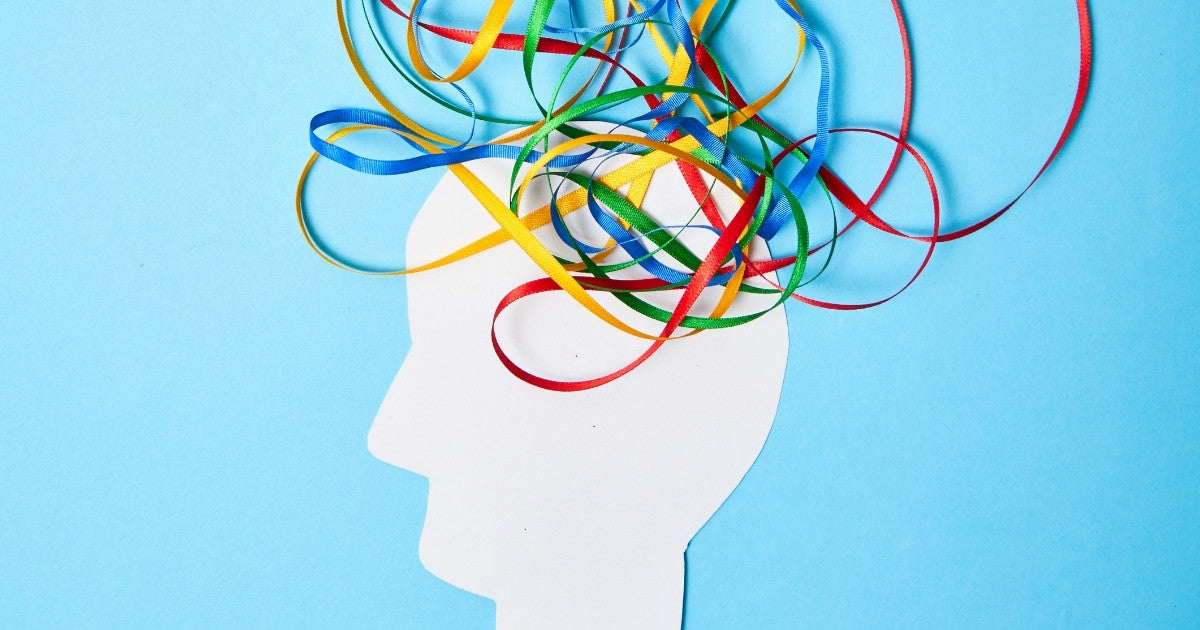Pain is a complex experience that transcends physical sensation, significantly influenced by our psychological and emotional states. This complexity becomes especially pronounced in the realm of chronic pain, where the interplay between mental health and pain perception can be both intricate and profound. Understanding these relationships is crucial for anyone seeking to manage pain effectively. This article aims to delve into the psychology of pain, exploring how mental health conditions like anxiety and depression can alter pain perception and discussing strategies for managing pain with a psychological approach.
The Vicious Cycle of Chronic Pain and Mental Health:
Chronic pain and mental health conditions such as anxiety and depression often create a vicious cycle, each exacerbating the other. The persistent nature of chronic pain can lead to significant psychological distress , while pre-existing mental health issues can lower the pain threshold, both of which contribute to making pain more intense and harder to manage.
Overlap in Brain Regions:
Studies have revealed a significant overlap in the brain regions involved in both chronic pain and mental health conditions. Areas such as the prefrontal cortex, which is involved in emotional regulation and decision-making, and the amygdala, a key player in the fear and stress response, are activated in both chronic pain and conditions like anxiety and depression. This overlap suggests that the way the brain processes emotional distress is closely linked to how it perceives pain, making psychological factors an integral part of pain management.
Neuroplastic Changes in Chronic Pain:
When acute pain persists and turns into chronic pain, the brain undergoes significant changes, known as neuroplasticity. These changes can result in an increased sensitivity to pain and a decreased threshold for what triggers pain. Imaging studies have shown that chronic pain can lead to alterations in the brain's structure, function, and chemical balance, particularly in areas related to sensation, emotion, and cognition. These changes can make the pain feel more intense and more challenging to manage, and they can alter the emotional and cognitive response to pain, contributing to a heightened state of distress.
Implications for Pain Management:
Understanding the psychology of pain, particularly chronic pain, has significant implications for its management. It suggests that treating chronic pain effectively often requires a comprehensive approach that includes not only physical but also psychological strategies. Techniques such as Cognitive-Behavioral Therapy (CBT), biofeedback, mindfulness, and other forms of psychotherapy can be invaluable in managing the emotional and cognitive aspects of chronic pain. Additionally, interventions aimed at reducing stress and improving emotional regulation can help mitigate the intensity and impact of chronic pain.
Pain is a multifaceted experience, deeply influenced by psychological and emotional states, especially in cases of chronic pain where the mind-body connection plays a critical role. Understanding the psychology of pain, the chronic pain and mental health cycle, the overlapping brain regions, and neuroplastic changes in chronic pain, is crucial for effective pain management. Alongside traditional and psychological treatments, LUMINAS pain relief patches offer a novel approach to managing pain, aligning with both the physical and psychological aspects of pain relief.
Integrating LUMINAS Patches into Pain Management:
LUMINAS patches are designed using electroceutical technology to provide a non-invasive, chemical-free approach to pain relief. They are engineered to capture and retain the electron signatures from a variety of substances known to aid in pain relief and inflammation reduction.
-
Complementing Psychological Strategies: While psychological strategies like CBT and mindfulness can help manage the emotional and cognitive aspects of pain, LUMINAS patches can offer parallel physical support, allowing individuals to engage more effectively in psychological therapies.
-
Targeting Pain and Inflammation: LUMINAS patches assist in managing both the sensation of pain and the underlying inflammation often associated with it. Inflammation can exacerbate pain perception and contribute to a prolonged pain experience. By addressing this, LUMINAS patches can help on your journey to break the cycle of pain.
-
Ease and Convenience: The non-invasive nature of LUMINAS patches makes them an easy addition to any pain management regimen. They can be used in conjunction with other treatments without adding significant burden to the individual's daily routine.
- Holistic Approach: LUMINAS patches align with the holistic approach to pain management, considering the individual as a whole rather than just focusing on the physical symptoms of pain. By offering relief and comfort, they can improve quality of life and aid in the overall treatment plan.
The psychology of pain is an intricate field, revealing the deep connections between our mental state and the physical experience of pain. Chronic pain, with its complex interplay with mental health and significant neuroplastic changes in the brain, requires a comprehensive approach to management. LUMINAS patches, with their unique electroceutical technology, offer a promising complement to traditional and psychological pain management strategies. By helping to reduce pain and inflammation and supporting the body's natural healing processes, they can be a valuable tool in the journey towards pain relief and improved quality of life.



Share:
3 Proven Methods to Help You Fall Asleep Fast
The Key to Combatting Arthritis... Activity!